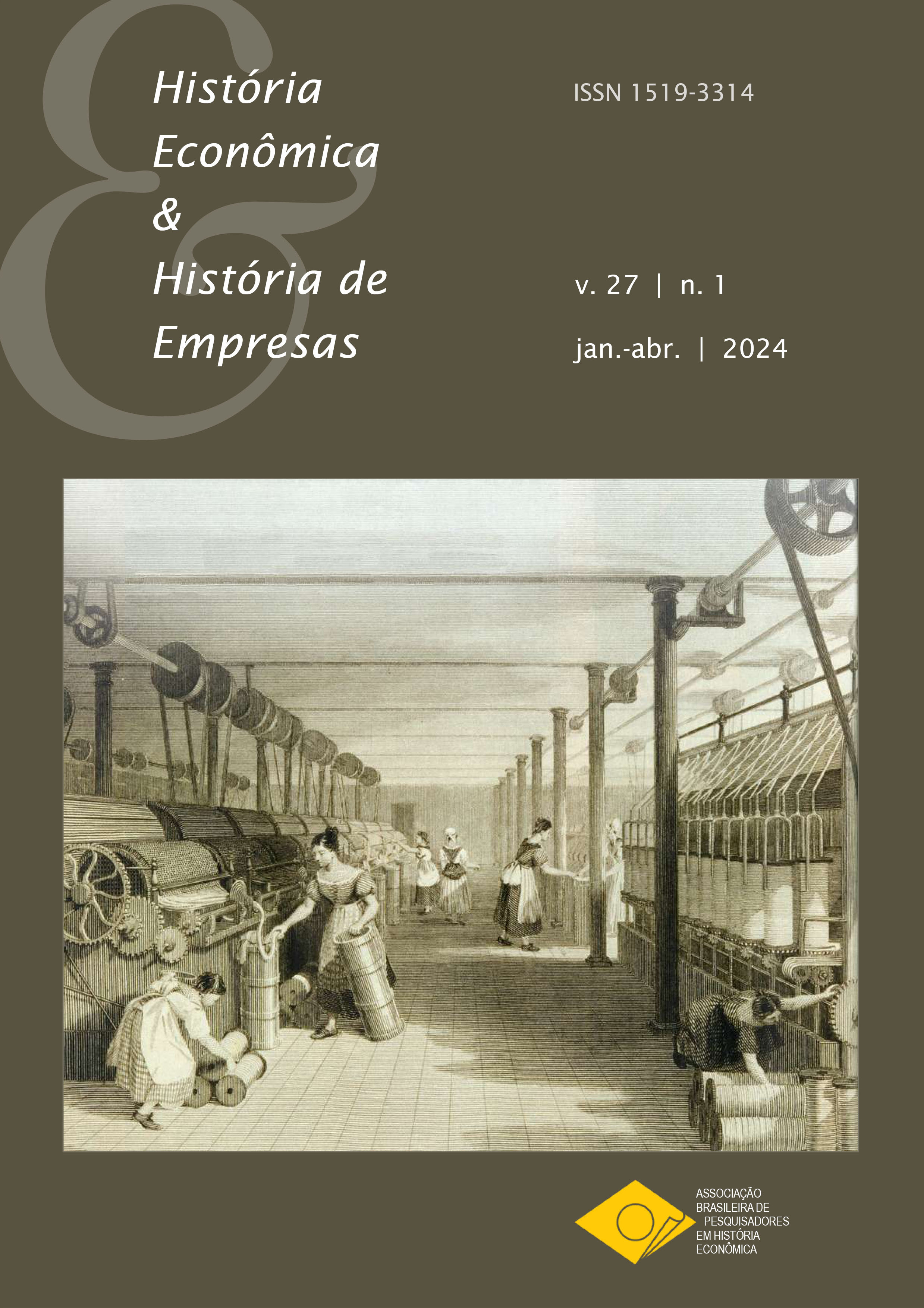Spurts and Lags as Brazil Fell Behind Before 1913: a Puzzle in the Great Divergence
DOI:
https://doi.org/10.29182/hehe.v27i1.926Abstract
After its abolition of slavery in 1864-5 at the end of its civil war, the US GDP per capita began to grow at a stable high rate of 1.7% per annum. Furtado (1963) Brazil to have grown substantially from 1850 to 1950 at 1.5% as slavery was phased out over the period to 1888. At least three subsequent primary sources found Brazil’s late 19th century to be a phase of secular stagnation if not decline. By 2007, Furtado (1963) went through 34 editions with only minor revisions. Its view that abolition and the switch from sugar to coffee led to a growth surge, became the dominant paradigm in economic history courses in Brazilian universities. This study examines critically the Brazil-US GDPpc data for 1800-1913, and suggests new research with direct, quantitative, single-year comparisons.
Downloads
Downloads
Published
How to Cite
Issue
Section
License
Authors retain copyright over their work, granting the journal only the right to its first publication. In addition, they are authorized to enter into separate additional contracts for the version of the work published in this journal, provided that the initial publication in this journal is acknowledged.





